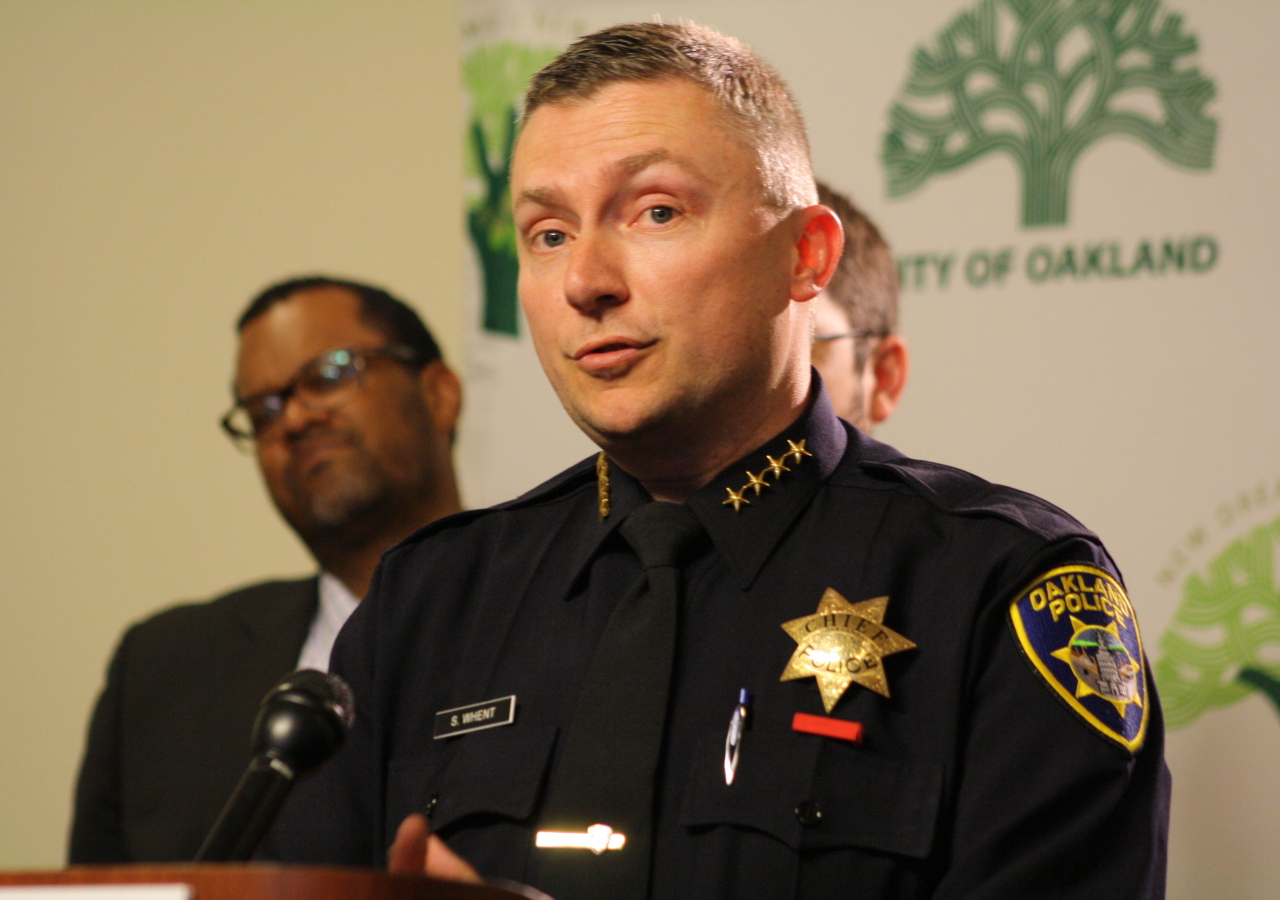But what was released, and the speed with which it was, could be part of a recent broader change in response to outrage over police shootings around the country in 2014, UC Hastings law Professor Hadar Aviram said.
"We’re seeing more and more police departments trying to be more transparent," she said, "partly because it’s better PR for them, and partly to satisfy this concern about lack of transparency. So this is part of a growing trend, and a growing trend to combat the kind of critique and negative press that they’re getting -- arguably justifiably -- for the way they’ve acted in other events in the past."
Oakland civil rights attorney Jim Chanin has been litigating with the OPD since 1979, and he's one of a team of attorneys behind the Negotiated Settlement Agreement stemming from the Riders scandal that erupted in 2000. Chanin's been pushing the OPD for greater transparency and better use-of-force policies through that process for more than a decade.
He said the department has changed, but only recently.
"If you’d asked me that question in 2012, when I’d been doing this for nine years, I would have said no," Chanin said, "but since you’re asking the question in 2015 ... the answer’s yes. The department is much more open and transparent since Sean Whent was appointed as chief of police."
Whent was named interim chief in May 2013 -- a few weeks before Oakland's last officer-involved shooting, in which a suspect was killed.
Chanin says that in the past couple years, some amazing things have happened with Oakland police use of force, crime and the department's relationship with the community.
"Citizen complaints have fallen in Oakland by 33 percent," Chanin said. "Uses of force are down even more than a third, yet arrests are up and crime is down. So what that shows is you can have constitutional, transparent policing without raising your crime rate or endangering officer safety. And I think that's an important lesson that departments around the country should take note of."
Perhaps they are. Whent is on the national stage, recently speaking in Washington, D.C., about his department's evolving crowd management policies following violent clashes with protesters during Occupy Oakland. He was on a panel last week with U.S. Attorney General Eric Holder talking police/community relations.
And the Oakland Police Department was also an early adopter of body-worn cameras, with every uniformed cop wearing one since 2013. Officers' cameras were rolling during Friday's incident, according to the department, and investigators are reviewing the footage.
The cameras won't solve all problems, Aviram said, but they can help diffuse violence on both sides of the badge before it happens.
"The cops that use the lapel cameras are reporting that they’re seeing a lot less animosity from people who see that the interaction with the cops is being recorded," she said. "It may also be curbing the cops' tendency to use force or be more aggressive in an interaction with citizens if they know that it’s being recorded."
And the same goes for a department that knows it's expected to report details of critical incidents quickly.
"If the police department itself knows the information is being disseminated," Aviram said, "they might try to combat bad policies to begin with to avoid the negative publicity."
An open and approachable police department will have a better relationship with the community it polices, Chanin said, which will improve officer safety and help solve crimes.
But Aviram said that kind of relationship might still be a ways off.
"I think right now there is a lot of public animosity, much of it understandable, much of it justified, toward police departments and toward the way they’ve been acting," she said. "So I think it’s going to take a pretty substantial change to restore community faith in police behavior."
Read the news release below:
